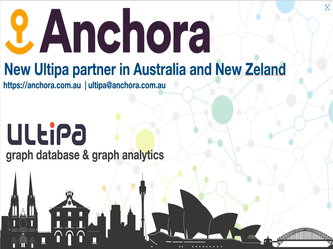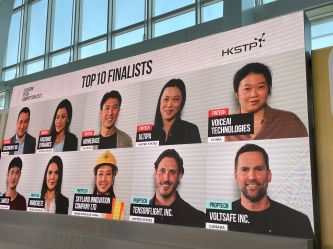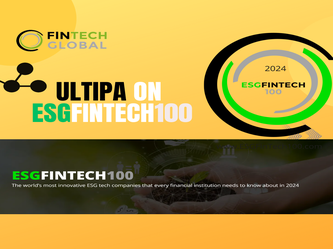The undergoing rapid transformation of smart healthcare makes health no longer the exclusive business of medical institutions. Adopting information technology as means of solving human health issues, the knowledge graph systems built upon the multi-dimensional and multi-modal data fusion, and the personalized medical health solutions yielded from real-time graph computing technology are enabling and promoting healthy development across the entire industry chain.
"Graph-based analytics is booming in recent years. It is estimated to be supporting 30% of the business decisions by 2023, and is expected to be among the most mainstream technologies in the future." Ricky Sun, Guest Professor of HIT and renowned big data expert, commented on graph technology, "graph technology has a high R&D entry barrier while its feature of high concurrency, distributed and real-time computing plays a huge role in enabling the health care industry. For example, it can speed up the study of the complex relationship between human gene inheritance and disease, and helps explore unfound and unknown correlations; it also models the clinical diagnosis and treatment paths in a white-box fashion that makes it possible to refine and optimize the treatment effect hence truly achieves precision medicine. The combination of medical knowledge graph and real-time graph computing technology will be a propeller for the analysis of multi-dimensional risk factors of diseases, and an AI assistant to the decision-making of personalized health management. The overall beneficial effect and efficiency of our medical system will significantly improve if this new area is further explored."
As one of the latest hard-core technologies, graph computing provides unlimited possibilities for the deep mining of massive data correlation in the era of big data. Applications of graph computing systems in the medical-health industry have been a major direction in the future development of the medical industry.
Medical health is a knowledge-intensive field, while the change of disease spectrum also redirects medical science. Taking chronic diseases as an example, identification and intervention of the whole functional state of human bodies based on long-term dynamic data should be carried out alongside prescription. The rapid development of knowledge graph and real-time graph computing technology will not only change the traditional work mode of medical tracking, health follow-up, guidance, and intervention, but also promote the systematic transformation of medical health from treatment-centered to health-centered.
Last but not least, high-tech means will promote the development of health services under the joint efforts of the government, medical institutions, and enterprises. At the same time, it also promotes social responsibilities, investors, and practitioners to work out a more humanized service system.



_1.png)


